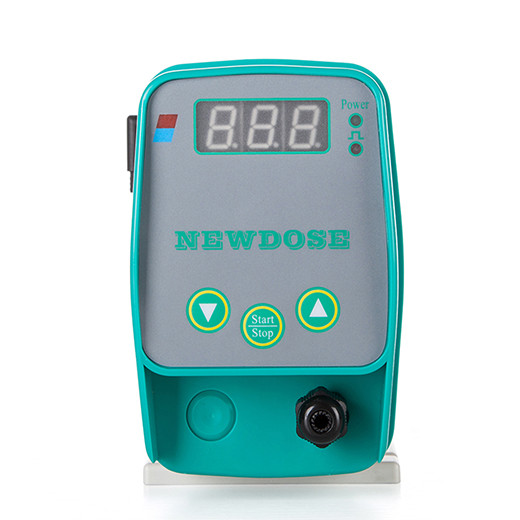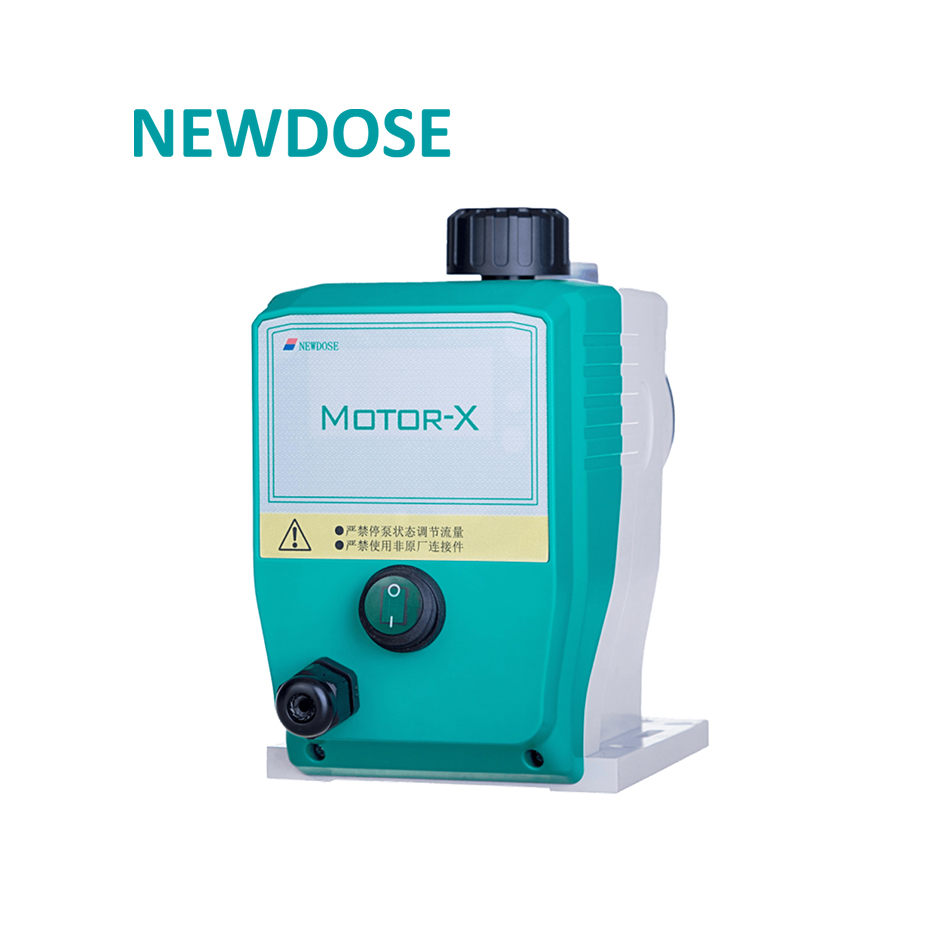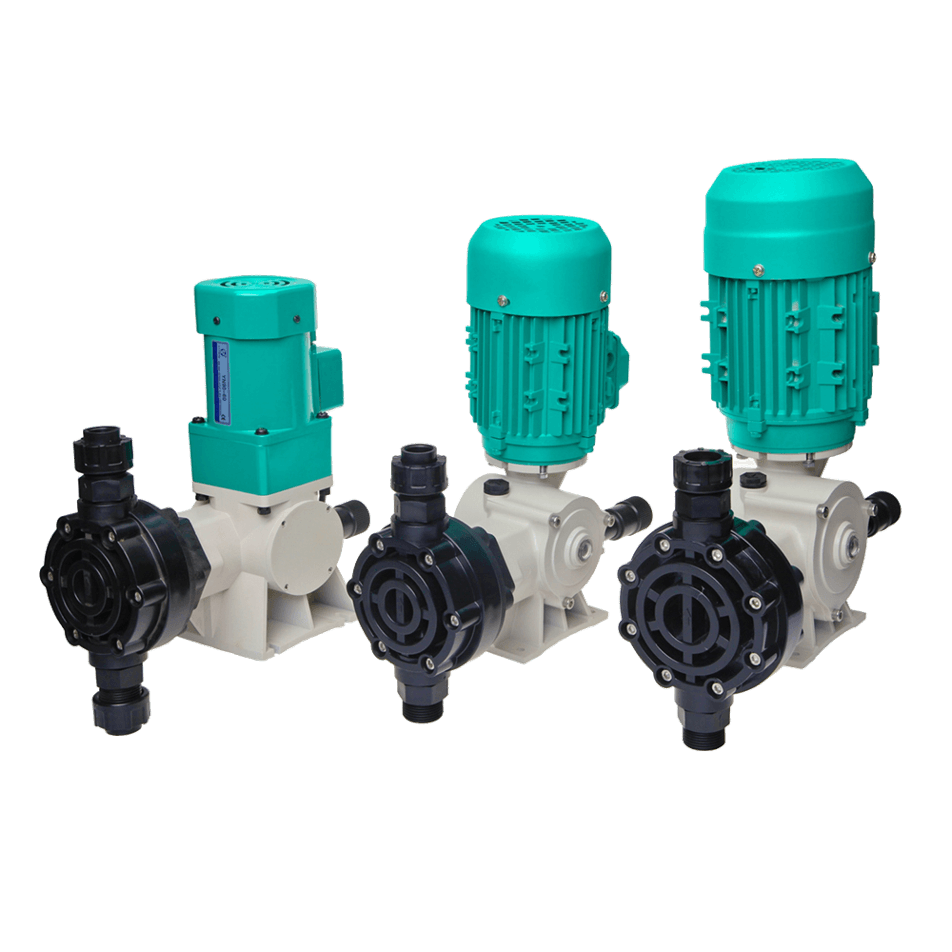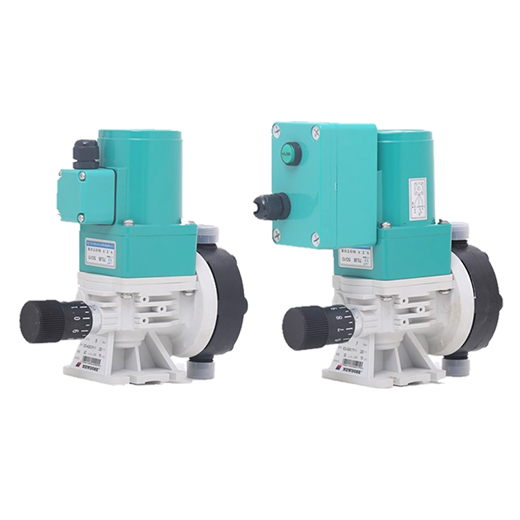1. What is a diaphragm metering pump?
The so-called diaphragm metering pump uses a specially designed and processed flexible diaphragm to replace the traditional piston, and realizes reciprocating motion under the action of the driving mechanism, thereby completing the suction to discharge process. Due to the isolation effect of the diaphragm, the isolation between the fluid to be measured and the driving mechanism is truly realized in structure.
As a kind of diaphragm metering pump, electromagnetic driven metering pump uses electromagnet to generate pulsating driving force, eliminating the need of motor and variable speed mechanism, making the system small and compact, and it is an important branch of small-range low-pressure metering pumps.
Among the members of the diaphragm metering pump family, hydraulically driven diaphragm pumps use hydraulic oil to drive the diaphragm uniformly, which overcomes the shortcomings of excessively concentrated force on the pump diaphragm under mechanical direct drive mode, and increases the life of the diaphragm and the upper limit of working pressure.
Traditional single diaphragm metering pumps are likely to cause working failures due to diaphragm breakage. In order to overcome and solve this problem, our mechanical metering pumps are equipped with a diaphragm breakage alarm device to realize automatic interlock protection when the diaphragm ruptures; the metering of pump head with double diaphragm structure further improves its safety and is suitable for applications that are particularly sensitive to safety protection.
Now, our metering pump technology is very mature. Its fluid metering and conveying capacity range is 0.0083-6000L/H, and its working pressure can even reach up to 30bar. Its working range has covered most of the requirements of industrial production.
2. Working principle of diaphragm metering pump
1) The front and back movements of the diaphragm are used to change the diaphragm and the pump head, causing the ball valve to move up and down, forming a phenomenon of vacuum adsorption and pushing to achieve the purpose of liquid transportation.
① When the diaphragm is pulled back, the outlet ball valve falls down and tightly fits the ball seat. The inlet ball valve floats upward due to the vacuum generated between the diaphragm and the pump head when the diaphragm is pulled back, and the liquid is sucked up.
② When the diaphragm is pushed forward, the inlet ball valve is airtight with the ball seat to prevent liquid from passing through, and the outlet is pushed forward by the diaphragm to open the ball valve and spit out the liquid.
2) Through the above action principle, we can simply know that any factor of pump head, diaphragm, ball valve seat of diaphragm metering pump causes air leakage, then the delivery target cannot be reached, or the flow rate is abnormal. The usual faults are:
① The ball seat and the ball valve cannot be airtight;
② The entrance and exit are blocked by foreign objects;
③ The diaphragm is damaged.
Therefore, when the liquid is conveyed abnormally, the problem should be solved in this direction, and the factors that cause the above situation are too numerous to list, and it should be judged according to the piping, fittings and operating conditions at the time.
 English
English  Español
Español  한국어
한국어  français
français  Deutsch
Deutsch  русский
русский  português
português  العربية
العربية  tiếng việt
tiếng việt  Türkçe
Türkçe  ไทย
ไทย 






